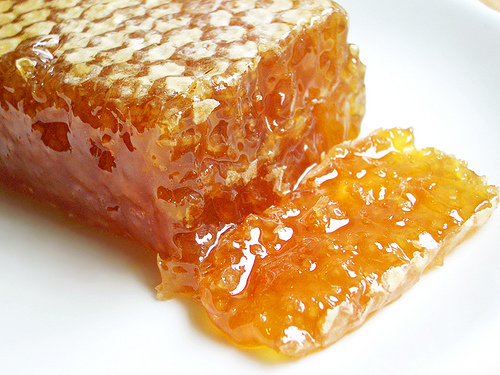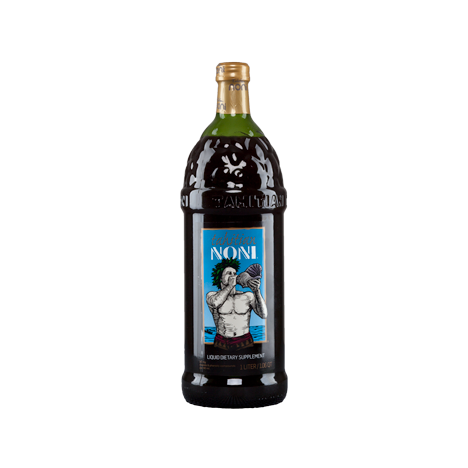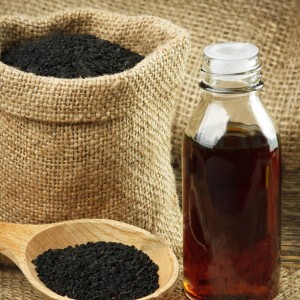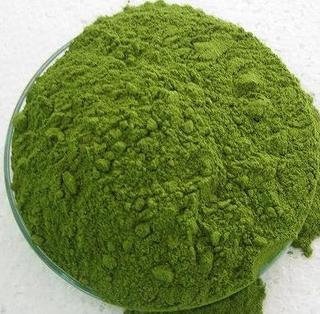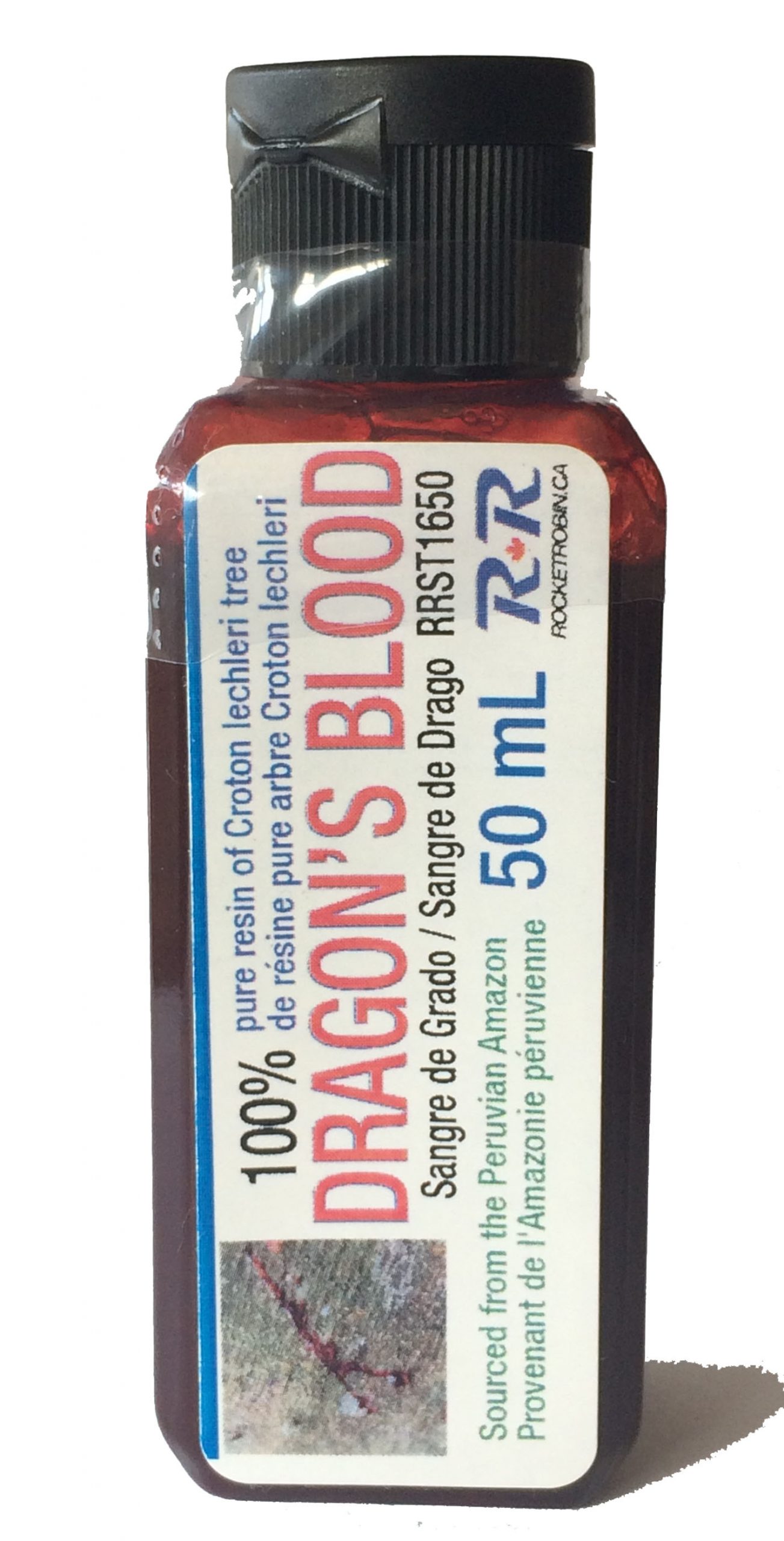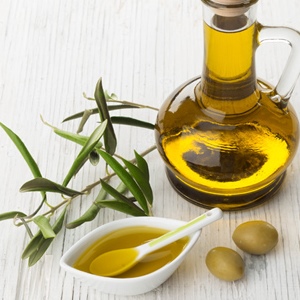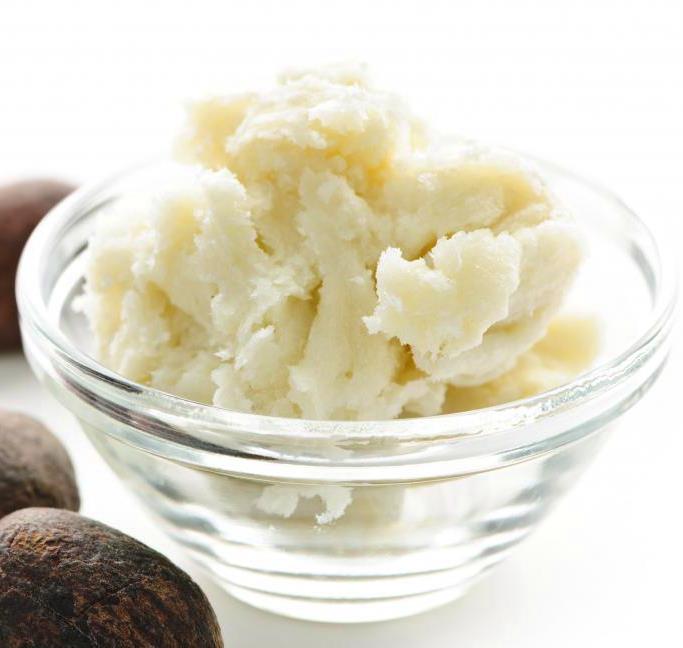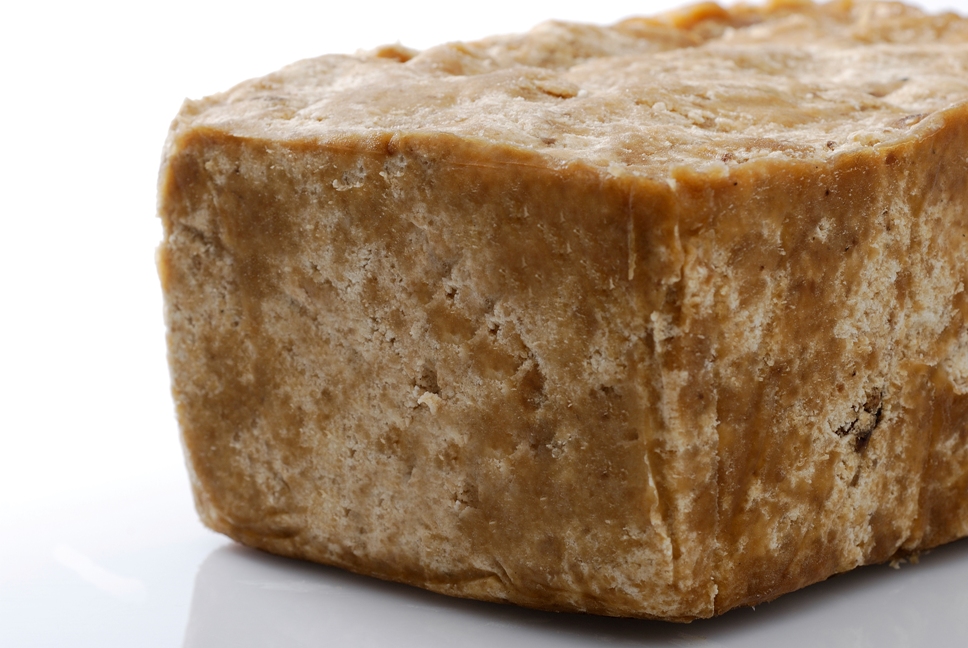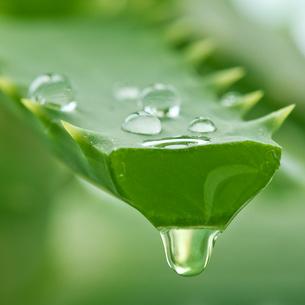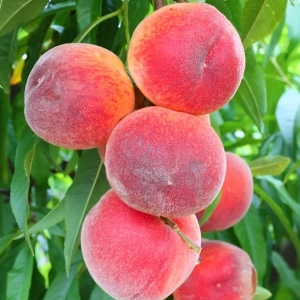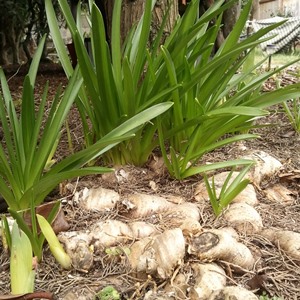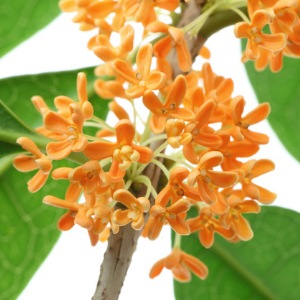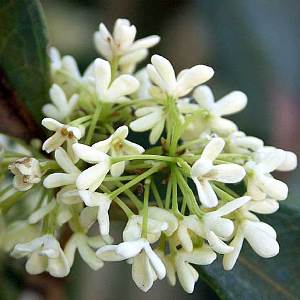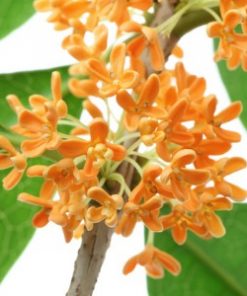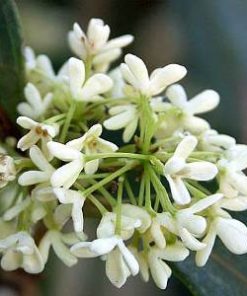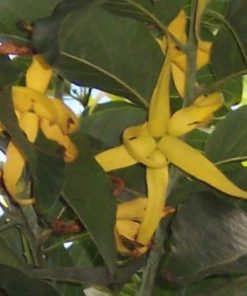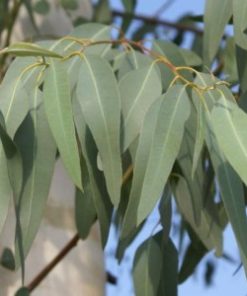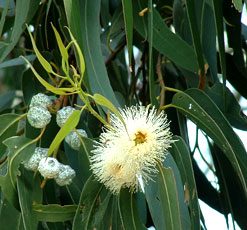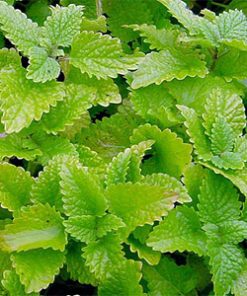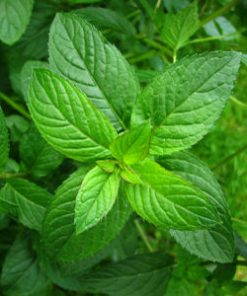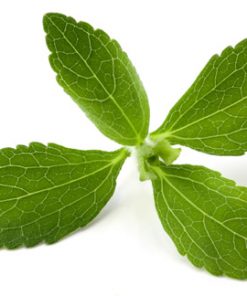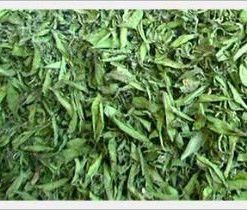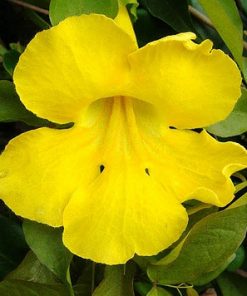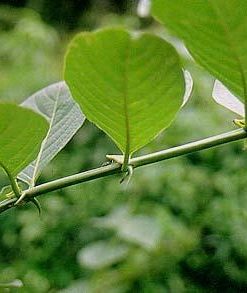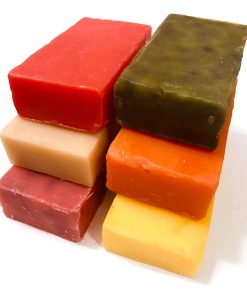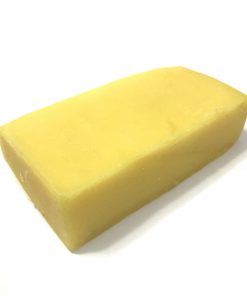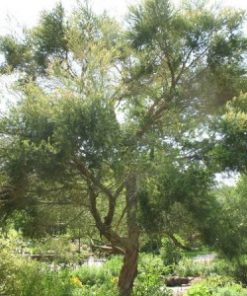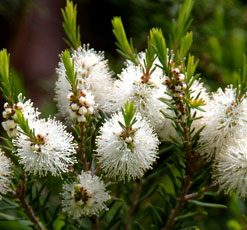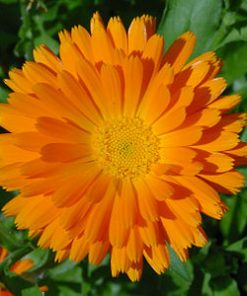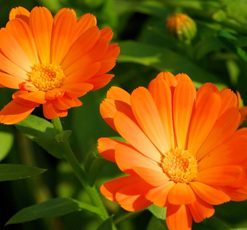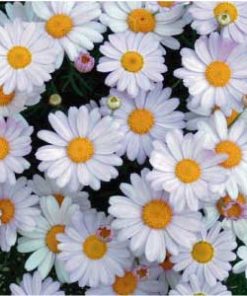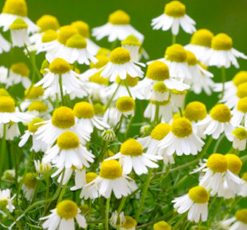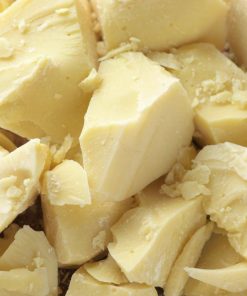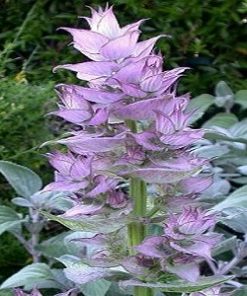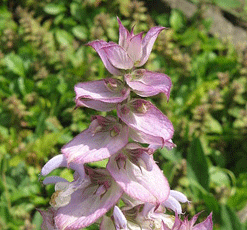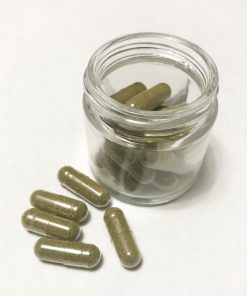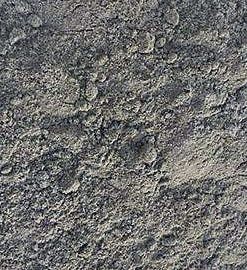Description
Osmanthus Absolute Oil (5 mL)
Osmanthus Absolute Oil is derived from a fragrant flower of the Osmanthus genus consisting of about 30 species of flowering plants in the family Oleaceae. Most of the species are native to eastern Asia (China, Japan, Indochina, the Himalayas, etc.) with a few species from the Caucasus, New Caledonia, Sumatra, and North America (Mexico, Central America, southeastern United States). It is an evergreen shrub or small tree growing to 3–12 m tall.
Osmanthus blossoms, though not as popular in the West as some other flowers more commonly found, have the olfactory beauty of an intricate dentelle of fruity-leathery smells evoking plums, apricots and prunes hidden in the suede pouch upon a warrior-poet’s belt, as if taken out of a Chinese vignette. It’s hard not to be enraptured by their at once complex and delicate scent once you experience it and they lend their delightful and refined aroma in many a perfume composition.
HISTORY OF USE
The flowers of O. fragrans are used throughout East Asia for their scent and flavour, which is likened to apricot and peach.
In China, osmanthus tea (桂花茶, guìhuāchá) combines sweet osmanthus flowers with black or green tea leaves. Traditional Chinese medicine claims that osmanthus tea improves complexion and helps rid the body of excess nitric oxide, a compound linked to the formation of cancer, diabetes, and renal disease.
Osmanthus wine flavours huangjiu or other rice wines with full osmanthus blossoms and is traditionally consumed during the Mid-Autumn Festival.
Fragrance Impact: Highly fragrant and succulent in its peachy-apricoty top note it is nothing short of mouthwatering.
Botanical Name: Osmanthus fragrans
Description: Osmanthus fragrans (Sweet Osmanthus) or 桂花/ guìhuā in Chinese and金木犀/ Kinmokusei in Japanese is another member of the Oleaceae family (like olive or lilac) and its fresh and highly fragrant aroma is a natural wonder professing a nuanced texture. Also known as “Tea Olive” (because olive is the pre-eminent member of the Oleaceae family) it is the emblem flower of Hangzhou, China.
Properties: Antidepressant, Skin Care properties.
Uses: Osmanthus fragrans flowers (know as Gui Hua, or Kwei Hwa) are widely used in Chinese medicine. There are many medical products made out of sweet osmanthus buds, leaves and bark. They are said to protect against coughs and used to flavor other medicines, and in cosmetics for the hair and skin.A decoction of the stem bark is used in the treatment of boils, carbuncles etc. A decoction of the lateral roots is used in the treatment of dysmenorrhoea, rheumatism, bruises etc. An essential oil obtained from the flowers is used as an insect repellent for clothes. They are also added to herbal medicines in order to disguise obnoxious flavours.
Source: East Asia
Characteristics: The Osmanthus flower itself is simply radiant, and some perfumery experts admit that there is not any other perfume that so perfectly catches the beauty of the flower and call it “the reminiscence of a Chinese garden”.
Production Method: Solvent or CO2 Extraction
Osmanthus perfumes are delightfully fruity, floral fragrances – and yet supremely sophisticated and elegant, rendering the delicacy of the distant land and the mysteries of its most prized flower.
The word osmanthus is derived from Greek osma, meaning “fragrant”, and anthos, meaning “flower”.
Osmanthus was introduced to Europe in the middle of 19th century by a French botanist Jean Marie Delavay. During his tour in China, Delavay had described over 4000 species of plants, 1500 of which were unknown before. Osmanthus was one of those plants. Osmanthus delavayi and a few other plants were named after the scientist.
Osmanthus fragrans is a perfect choice if you want to add something to your garden with a romantic legend behind. It is associated with a number of Lunar legends in China, which makes it symbolic at the time of the Chinese Moon Festival. It is held in September under the symbol of Osmanthus Flower and also called Osmanthus Festival. In China, this is the best time for the flowers. In warm environment this plant continues to bloom non-stop throuhout the winter to spring. During the nights of the peak season for the flower, Chinese families used to gather in their yards to eat mooncakes, while the grandmother of the family told traditional stories about the Moon, the sweet Osmanthus and the figures of Chinese legends.
According to those legends, there live on the Moon the Fairy Chang E, a Giant named Wu Gang, a Jade Rabbit which is Chang E’s pet, and the huge Osmanthus Tree (Osmonth).
The legend of the Moon Palace says that in ancient times the Jade Emperor held ceremonies to offer sacrifices to the sun in spring and to the moon in autumn. During a midautumn evening, while he was enjoying the moonlight, a magic Taoist priest named Luo invited him to visit the Moon Palace. Luo threw his stick into the air, and immediately a silver bridge from the heavens stretched before them. Across the bridge, there was a magnificent palace. A plaque above the gate read “Guanghangong (Vast and Cold Palace)”. By the gate stood a tall, sweet-scented Osmanthus tree and a Jade Rabbit set under the tree mixing a medicine for eternal life. Hundreds of beautifully dressed dancers surrounded them accompanied by melodious music and entertaining the Emperor with delicious cakes shaped like the full moon. Upon returning to the earth, the Emperor ordered cakes modeled after his vision.
The Legend of Wu Gang and Osmonth. Giant Wu Gang made a serious mistake driven mad with jealousy, and was sentensed by the Jade Emperor to the Moon, to the Palace Guanghangong to chop down the huge immortal Sweet Osmanthus growing in the front of the Palace. Cutting down 1500 ft tall tree turned out into a painful and endless task. This tree has magical power and the cut immediately recovers every time. The endless chopping and then recovering goes on for thousands of years and the tree still grows, heavily sheltering the palace beside. The most endearing character in this tale was also the Rabbit, who pounded the elixir of immortality with a pestle and mortar underneath the tree. It is this elixir that helps the tree recovering.
The Legend of the Moon Lady. It was said that Jade Emperor had rewarded master archer Hou Yi with the elixir of life – a sweetly perfumed magic pill. His wife, beautiful Chang E, decided to abandon her husband, she took that pill while he was asleep and gained ability to fly. She flew all the way to the Moon. This, according to the legend, led to exile in a chilly Moon Palace, where she was condemned to a life of solitude. It is said Chang E can be seen roaming the Moon alone. A beautiful fragrant Osmanthus tree in front of the Palace reminds her about her lost love keeping Chang E in deep regret and sorrow. The Jade Rabbit that already lived on the Moon became her pet, and Chang E commanded the animal to take pestle and mortar and pound a magic pill so that she returns to Earth back to her husband. Since the rabbit is very busy with producing elixir of immortality for the Osmanthus tree, she seem to be still waiting for her order to be filled…
Osmanthus plants grow in China for thousands of years. There is a famous city called Gui Lin which means “fragrant forest”, referring to the large number of fragrant Osmanthus trees located in the city. Its scenery is reputed by many Chinese to be the “finest under heaven”.
Sweet-scented Osmanthus is Hangzhou City flower. Chinese monks planted these trees around Buddhist temples in the Manjuelong Valley which lies in the mountainous area. As time went on, the blossoming Osmanthus trees in the valley became an autumnal allure to Hangzhou residents. The valley is flanked by hills where springs are abundant and trees flourish naturally. The geographic advantages and monk’s heritage has made the valley a paradise of osmanthus trees. Now all households in the valley without exception have their own osmanthus groves. Osmanthus trees can be seen everywhere in the valley. When dew is heavy at dawn, flowers will fall floating like a rain in a breeze. Such an experience could be quite unique.
Caution: NEVER USE INTERNALLY.
- Not recommended for pregnant women and infants.
Individuals with serious and chronic health issues should consult an expert prior to using oils.
TRUST ROCKET ROBIN
Rocket Robin is proud to be your supplier of truly natural products with simple ingredients in support of your family’s health and well-being.
Additional information
| Weight | 0.1 kg |
|---|---|
| Dimensions | 5 × 5 × 5 cm |

